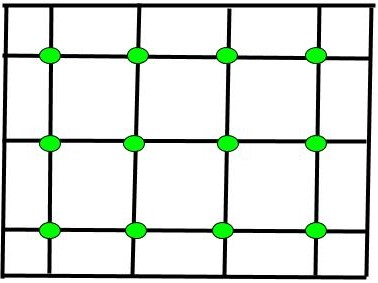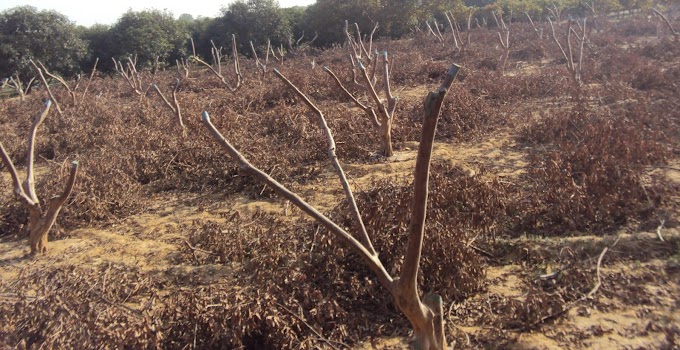The
term auxin is derived from Greek word ‘auxein’ means to grow. First time F.W.
Went coined the term ’auxin’ in 1928 meaning‘growth arouser’.The natural
auxins are synthesized in the meristematic
 |
| Auxin |
tissues of the plants such as in
root tips, apical buds, young leaves and flowers. The natural auxins are those
auxins which are synthesized into plant such as Indole -3- acetic acid (IAA), Indole acetaldehyde (IA), Indole aceto nitrile (IAN) and Indole pyruvic acid
(IPyA). The synthetic auxins are chemicals manufactured outside the plant such as Indole-3-butyric acid (IBA),
Naphthalene acetic acid (NAA), 2,4-Dichlorophenoxy acetic acid (2,4-D),
2,4,5-Trichlorophenoxy acetic acid (2,4,5-T), 2,4,6-Trichlorobenzoic acid (2,4,6-TBA),
Indole-3-propionic acid ( ) and Phenylacetic acid (PAA). Auxins move in polar
direction (unidirectional) in plants. Its movement is basipetal i.e. from tip
to base in shoots and acropetal i.e. from base to tip in roots.
Biosynthesis
An amino acid ‘Tryptophan’ is precursor of auxins
because auxins are synthesized from ‘Tryptophan’. The tryptophan amino acid is
either synthesized or derived from the hydrolysis of protein. There are three
different pathways of IAA synthesis into the plants:
- Indole pyruvic acid pathway: In the path tryptophan is converted into indole pyruvic acid and indole acetaldehyde is synthesized from indole pyruvic acid in the presence of enzymes and indole acetaldehyde is oxidized into indole acetic acid (IAA): Tryptophan →Indole pyruvic acid→ Indole acetaldehyde→ IAA
- Tryptamine pathway: In the pathway indole acetaldehyde is synthesized from tryptamine: Tryptophan→ Tryptamine→ Indole acetaldehyde→ IAA
- Indole actaldoxime pathway: The pathway observed in Brassicaceae and consists steps:Tryptophan→Indoleacetaldoxime→Glucobrassicin→Indoleacetonitrile→IAA
The auxins are synthesized in the plant parts have
higher meristematic activity such as leaves, fruits, coleoptiles, embryos and
pollen grains. The biosynthesis of auxins is more in light than dark.
Antagonists of auxins
The antagonists are compounds interfere with
auxins activity indirectly such as Monophenols. The compounds interfere with
auxin activity are termed as antiauxins such as TIBA (2,3,5-triiodobenzoic
acid), DCA (2,4-dichloraniosole) and NTA (Naphthyl thalamic acid).
Role of auxins
- Apical dominance
The auxin synthesizes in the apical duds of
the plants inhibits the formation and growth of lateral buds. The suppression
of lateral bud’s growth by apical buds is called apical dominance.
- Cell elongation
The auxin promotes the cell elongation and
rate of elongation is directly proportional to auxin concentration in shoot
whereas it promotes root cells elongation at very low concentration and higher
concentration of auxin in roots retards the root elongation.
- Cell division
Auxin promotes the cell division and callus
formation. It also induces the cambium formation and thereby thickness of
branches.
- Adventitious roots initiation
The
auxins promote the adventitious roots formation due to which auxins
particularly IBA and NAA are used as root promoting hormones in air layering
and cuttings of plants.
- Development of parthenocarpy fruits
The use if auxins can induce fruit formation
without fertilization such as in apple, tomatoes, and bananas.
- Control of flowers and fruits drop
The auxins control the premature flowers and
fruits drop for example spraying of 2,4 D or 2,4,5-T on citrus and apples
checks the flowers and fruits dropping.
- Weedicides
- Sex expression






